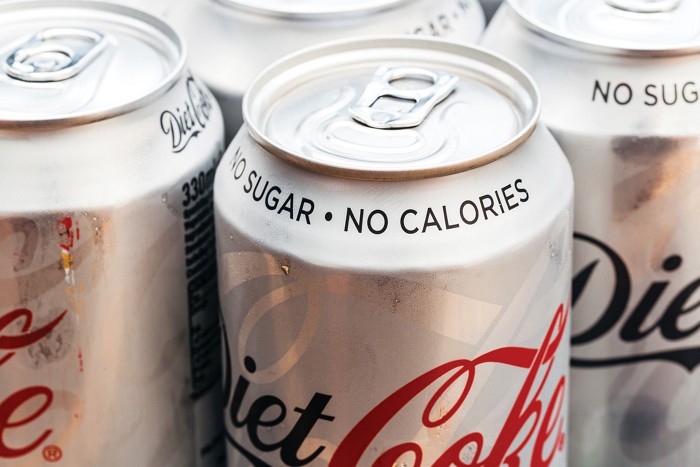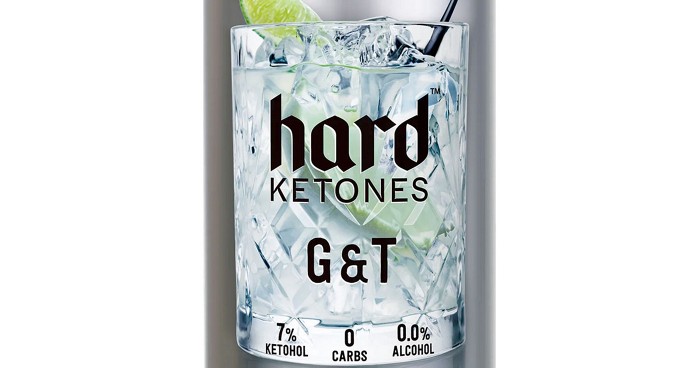Advertisement
Grab your lab coat. Let's get started
Welcome!
Welcome!
Create an account below to get 6 C&EN articles per month, receive newsletters and more - all free.
It seems this is your first time logging in online. Please enter the following information to continue.
As an ACS member you automatically get access to this site. All we need is few more details to create your reading experience.
Not you? Sign in with a different account.
Not you? Sign in with a different account.
ERROR 1
ERROR 1
ERROR 2
ERROR 2
ERROR 2
ERROR 2
ERROR 2
Password and Confirm password must match.
If you have an ACS member number, please enter it here so we can link this account to your membership. (optional)
ERROR 2
ACS values your privacy. By submitting your information, you are gaining access to C&EN and subscribing to our weekly newsletter. We use the information you provide to make your reading experience better, and we will never sell your data to third party members.
World Chemical Outlook 2024
Food Ingredients
FDA to scrutinize safety of chemical food additives
Agency seeks to get ahead of state bans on harmful chemicals in food
by Britt E. Erickson
January 19, 2024
| A version of this story appeared in
Volume 102, Issue 2

The US Food and Drug Administration is undergoing a major reorganization of its food division. As part of that restructuring, the agency plans to put a bigger emphasis on the safety of chemicals added to food.
Takeaways
➡ The US Food and Drug Administration plans to revamp its food safety efforts to scrutinize food additives.
➡ The agency will reevaluate coloring agents, preservatives, and other food additives for potential health risks.
➡ Congress is likely to hold hearings related to heavy metals in food in response to lead poisoning cases linked to contaminated cinnamon applesauce.
The FDA is trying to get ahead of states as some start to ban food additives. Last year, California banned brominated vegetable oil, potassium bromate, propylparaben, and the dye red no. 3. A similar bill, which would ban those four chemicals and titanium dioxide in food, is working its way through the New York legislature. Titanium dioxide was initially included in California’s bill, but the color additive didn’t make it into the final version—largely because of opposition from major confectioners.
“I think there is an opportunity in the food chemical space, where we’ve just begun to see activity, for FDA to get in front of this issue,” Jim Jones, the agency’s first deputy commissioner for human foods, said in November during a webinar hosted by the Alliance for a Stronger FDA. The alliance advocates increased funding for the agency.
The FDA plans to redirect some money this year from infrastructure, such as modernizing buildings and facilities, to chemical risk assessment. In late 2023, the agency proposed banning brominated vegetable oil, and it is now considering a ban on red no. 3. It plans to release a work plan later this year to inform the public about ongoing assessments of food additives.
Advertisement
For decades, the FDA has had no process in place to systematically evaluate the risks of food additives when new science about the chemicals emerges. Jones hopes to change that. The agency is behind schedule in responding to numerous petitions from advocacy groups to ban dangerous chemicals in food and food packaging. The FDA also faces pressure from Congress to evaluate food additives.
Lawmakers are expected to grill FDA officials later this year about more than 100 cases of lead poisoning in children linked to cinnamon applesauce manufactured in Ecuador. The cases are unusual in that the agency suspects that lead was intentionally added to the cinnamon. It is still investigating where the spice came from and how it got contaminated.







Join the conversation
Contact the reporter
Submit a Letter to the Editor for publication
Engage with us on Twitter